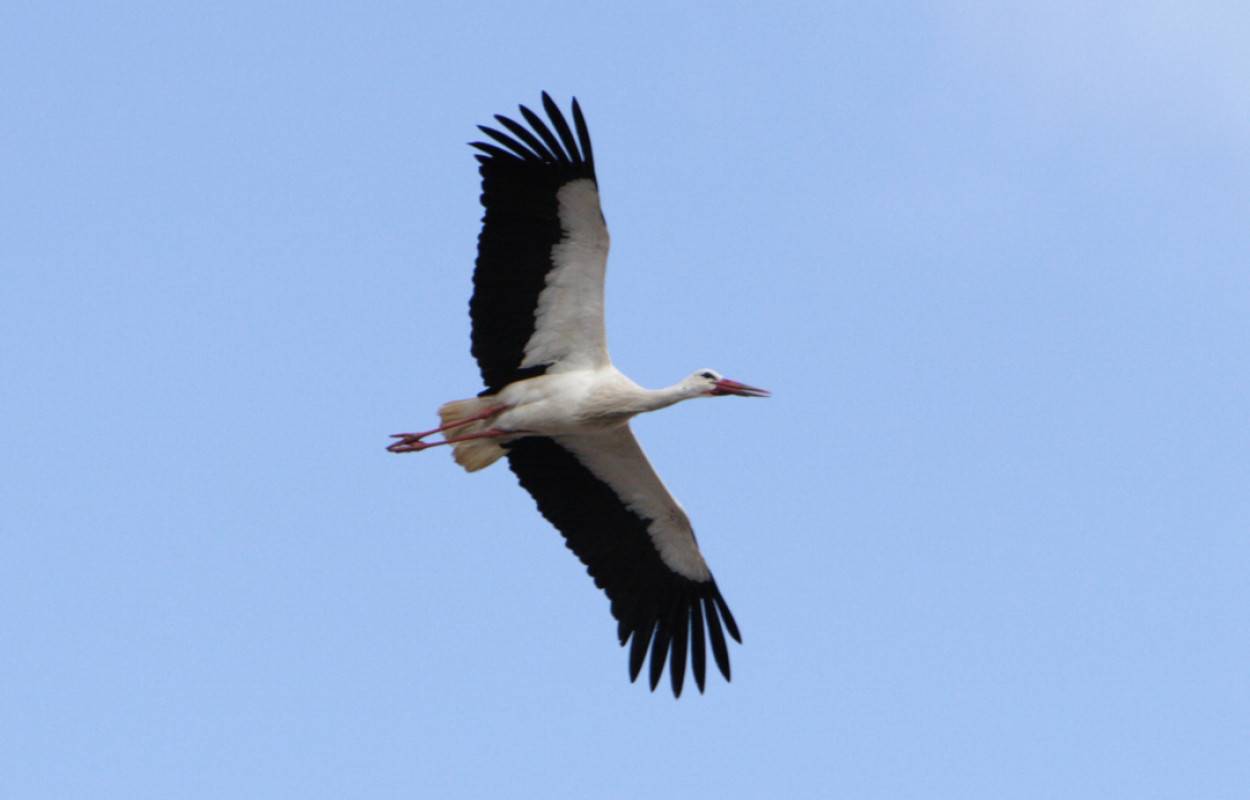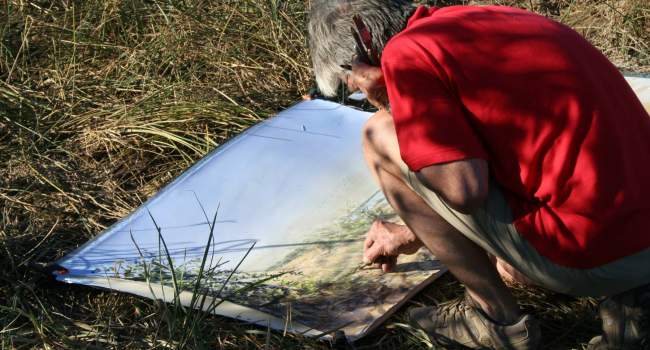Timing is critical: consequences of asynchronous migration for the performance and destination of a long-distance migrant

Author(s): Acácio, M., Catry, I., Soriano‑Redondo, A., Silva, J.P., Atkinson, P.W. & Franco, A.M.A.
Published: June 2022
Journal: Movement Ecology Volume: 10
Digital Identifier No. (DOI): /10.1186/s40462-022-00328-3
Abstract
Background: Migration phenology is shifting for many long-distance migrants due to global climate change, however the timing and duration of migration may influence the environmental conditions individuals encounter, with potential fitness consequences. Species with asynchronous migrations, i.e., with variability in migration timing, provide an excellent opportunity to investigate how of the conditions individuals experience during migration can vary and affect the migratory performance, route, and destination of migrants.
Methods: Here, we use GPS tracking and accelerometer data to examine if timing of autumn migration influences the migratory performance (duration, distance, route straightness, energy expenditure) and migration destinations of a long-distance, asynchronous, migrant, the white stork (Ciconia ciconia). We also compare the weather conditions (wind speed, wind direction, and boundary layer height) encountered on migration and examine the influence of wind direction on storks’ flight directions.
Results: From 2016 to 2020, we tracked 172 white storks and obtained 75 complete migrations from the breeding grounds in Europe to the sub-Saharan wintering areas. Autumn migration season spanned over a 3-month period (July–October) and arrival destinations covered a broad area of the Sahel, 2450 km apart, from Senegal to Niger. We found that timing of migration influenced both the performance and conditions individuals experienced: later storks spent fewer days on migration, adopted shorter and more direct routes in the Sahara Desert and consumed more energy when flying, as they were exposed to less supportive weather conditions. In the Desert, storks’ flight directions were significantly influenced by wind direction, with later individuals facing stronger easterly winds (i.e., winds blowing to the west), hence being more likely to end their migration in western areas of the Sahel region. Contrastingly, early storks encountered more supportive weather conditions, spent less energy on migration and were exposed to westerly winds, thus being more likely to end migration in eastern Sahel.
Conclusions: Our results show that the timing of migration influences the environmental conditions individuals face, the energetic costs of migration, and the wintering destinations, where birds may be exposed to different environmental conditions and distinct threats. These findings highlight that on-going changes in migration phenology, due to environmental change, may have critical fitness consequences for long-distance soaring migrants.
Species which show variability in the timing of their migrations provide an excellent opportunity to investigate how the conditions experienced during migration can vary, and what these might mean for migratory performance, route, and destination. This study, following the migrations of White Storks breeding in Portugal to wintering grounds in Africa, set out to address these two questions.
GPS tracking and accelerometer data were collected from 172 White Storks, from which 75 complete migrations were followed. The devices were attached as backpacks using a Teflon ribbon harness, and the loggers provided nine consecutive GPS and acceleration fixes every 20 min during daylight. The influence of timing of migration on migratory performance was examined using separate models for each performance metric and migratory leg, to account for differences in geography and weather of the different legs, while minimizing the complexity of the models.
The storks began their autumn migration over a two-month period, between the 7 July and 4 September and arrived at the wintering grounds between the 31 July and 14 October, travelling more than 2,500 km and taking on average 25 (adults) and 31 (juveniles) days. Both age groups winter within the Sahel region of West Africa, from Senegal to Niger.
The timing of migration influenced both migratory performance and the conditions that individuals experienced: later Storks spent fewer days on migration, adopted shorter and more direct routes over the Sahara Desert and consumed more energy when flying, as they were exposed to less supportive weather conditions. When crossing the Sahara, flight directions were significantly influenced by wind direction, with later individuals facing stronger easterly winds and more likely to end their migration in western areas of the Sahel region. In contrast, early Storks encountered more supportive weather conditions, spent less energy on migration and were exposed to westerly winds, thus being more likely to end migration in eastern Sahel.
The results of this study underline that the timing of migration influences the environmental conditions individuals face, the energetic costs of migration, and the wintering destinations, where birds may be exposed to different environmental conditions and distinct threats. These findings highlight that on-going changes in migration phenology, due to environmental change, may have critical fitness consequences for long-distance soaring migrants like White Stork.
Notes
Acknowledgements: The authors give special thanks to Bruno Herlander Martins, Carlos Pacheco, and Kate Rogerson for their help during fieldwork, and to Joana Marcelino for assistance with stopover calculations. The authors also thank all students and volunteers who have helped tagging and monitoring white storks over the years.
This research was funded by Natural Environment Research Council (NERC) and Engineering and Physical Sciences Research Council (EPSRC), via the NEXUSS CDT Training in the Smart and Autonomous Observation of the Environment (NE/N012070/1). Funding for this project was also provided by NERC via the EnvEast DTP (NE/ K006312), Norwich Research Park Translational Fund, University of East Anglia Innovation Funds and Earth and Life Systems Alliance funds. This research also benefited from FEDER Funds through the Operational Competitiveness Factors Program—COMPETE and by national funds through Fundação para a Ciência e Tecnologia (FCT) within the scope of the project POCI-01-0145-FEDER-028176. JPS was funded by the FCT project SFRH/BPD/111084/2015.







Share this page